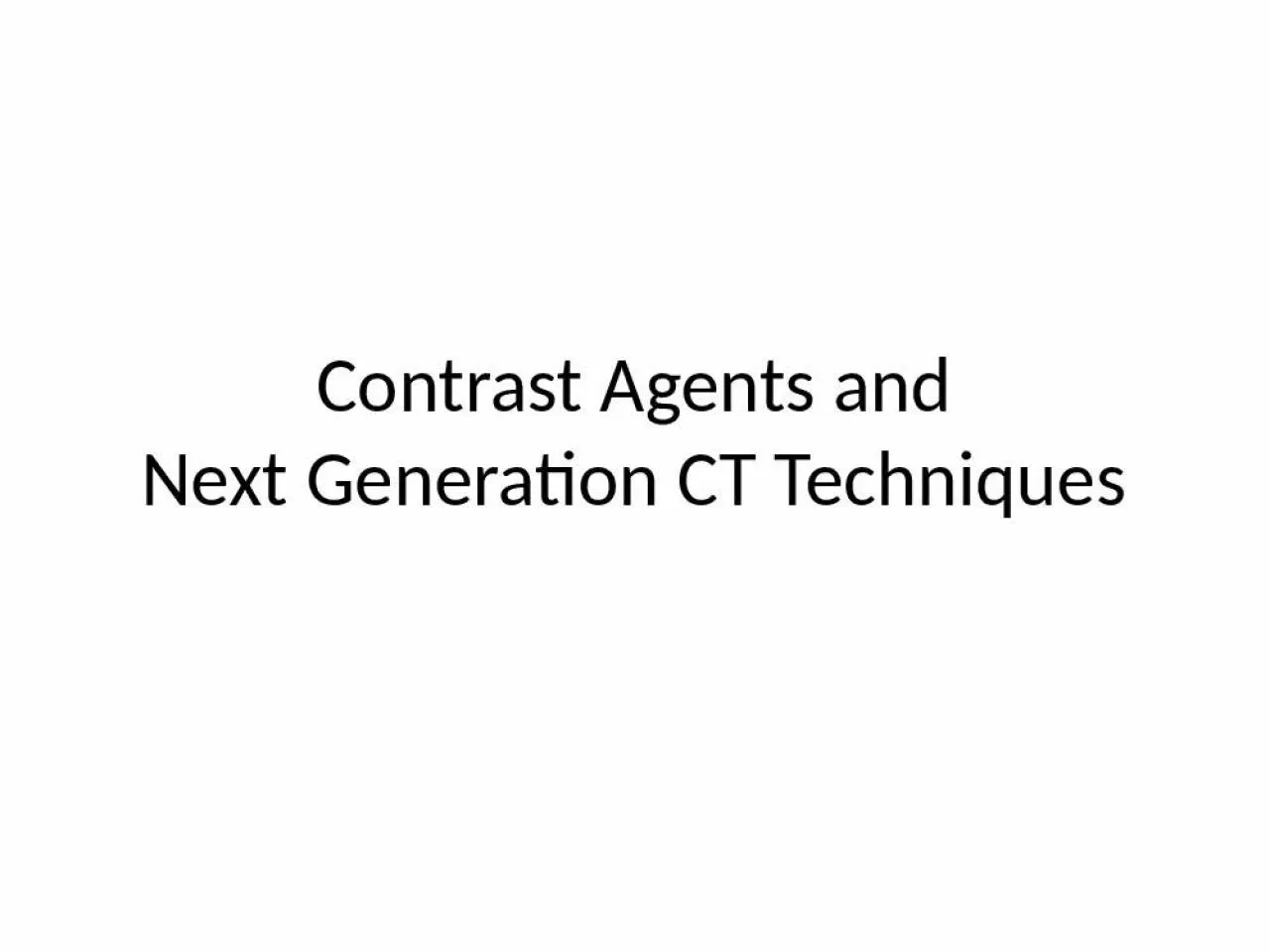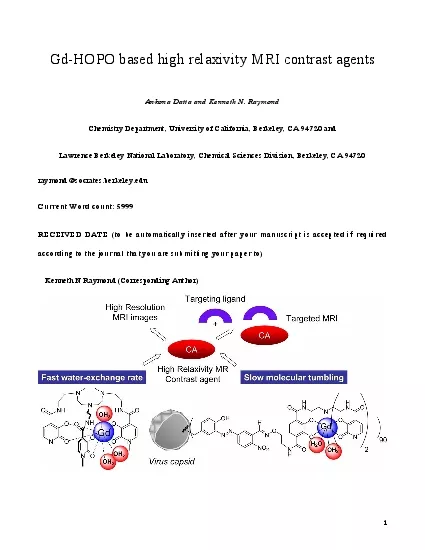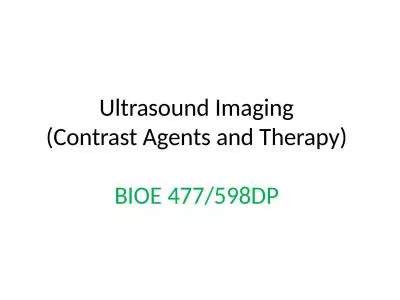PPT-Contrast Agents and Next Generation CT Techniques
Author : sophie | Published Date : 2022-05-17
Blood pool CT contrast agents Confined to the intravascular space highlighting blood vessels Passive targeting agents Reticulo endothelial system RES or through
Presentation Embed Code
Download Presentation
Download Presentation The PPT/PDF document "Contrast Agents and Next Generation CT T..." is the property of its rightful owner. Permission is granted to download and print the materials on this website for personal, non-commercial use only, and to display it on your personal computer provided you do not modify the materials and that you retain all copyright notices contained in the materials. By downloading content from our website, you accept the terms of this agreement.
Contrast Agents and Next Generation CT Techniques: Transcript
Download Rules Of Document
"Contrast Agents and Next Generation CT Techniques"The content belongs to its owner. You may download and print it for personal use, without modification, and keep all copyright notices. By downloading, you agree to these terms.
Related Documents














